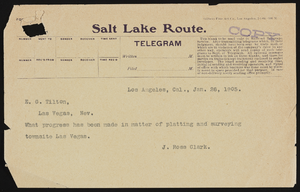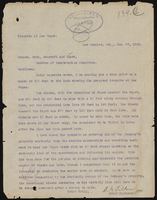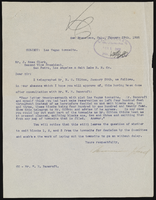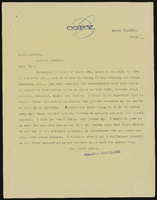Search the Special Collections and Archives Portal
Search Results
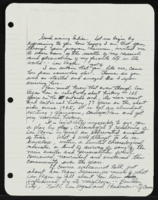
Handwritten speech by Roosevelt Fitzgerald about a brief history of Las Vegas, Nevada
Date
1970 (year approximate) to 1996 (year approximate)
Archival Collection
Description
From the Roosevelt Fitzgerald Professional Papers (MS-01082) -- Unpublished manuscripts file. For an unknown event.
Text
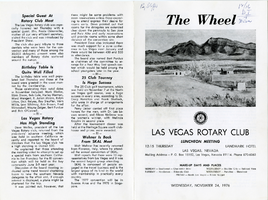
The Wheel Las Vegas Rotary Club newsletter, November 24, 1976
Date
1976-11-24
Archival Collection
Description
Newsletter issued by the Las Vegas Rotary Club
Text
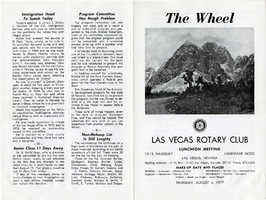
The Wheel Las Vegas Rotary Club newsletter, August 4, 1977
Date
1977-08-04
Archival Collection
Description
Newsletter issued by the Las Vegas Rotary Club
Text
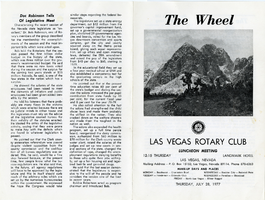
The Wheel Las Vegas Rotary Club newsletter, July 28, 1977
Date
1977-07-28
Archival Collection
Description
Newsletter issued by the Las Vegas Rotary Club
Text
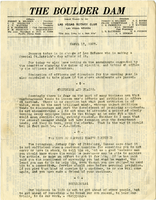
The Boulder Dam Las Vegas Rotary Club newsletter, March 17, 1927
Date
1927-03-17
Archival Collection
Description
Weekly newsletter issued by the Las Vegas Rotary Club
Text
Pagination
Refine my results
Content Type
Creator or Contributor
Subject
Archival Collection
Digital Project
Resource Type
Year
Material Type
Place
Language
Records Classification

